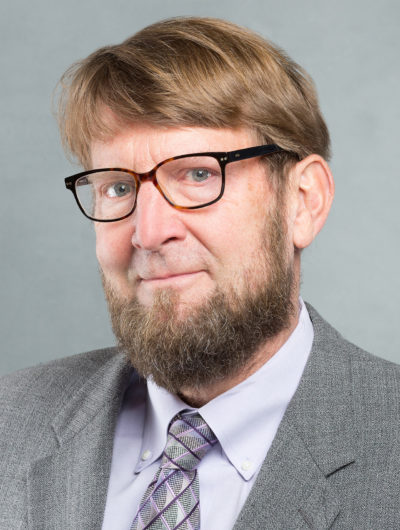Program Directors Advisory Council Chair’s Report
Applicant Data
| 2014 | 2015 | 2016 | 2017 | 2018 | 2019 | |
|---|---|---|---|---|---|---|
| Applicant registrations | 196 | 189 | 194 | 203 | 187 | 171 |
| % Applicant ranks lists submitted | 147 | 148 | 153 | 157 | 156 | 144 |
| Matched total | 127 | 137 | 149 | 150 | 151 | 139 |
| Unmatched totals | 20 | 11 | 4 | 7 | 5 | 5 |
| Applicants matching (% overall) | 86% | 93% | 97% | 96% | 97% | 97% |
| Total withdrawals | 20 | 19 | 16 | 11 | 18 | 10 |
Program Data
| 2014 | 2015 | 2016 | 2017 | 2018 | 2019 | |
|---|---|---|---|---|---|---|
| Participating programs | 47 | 49 | 52 | 53 | 57 | 62 |
| Positions offered | 150 | 167 | 186 | 202 | 209 | 212 |
| Positions filled | 127 | 137 | 149 | 150 | 151 | 139 |
| Unfilled positions | 23 | 30 | 37 | 52 | 58 | 73 |
As can be seen, the number of registered applicants has trended downward recently, from a peak of 203 in 2017 to only 171 this year. On the other hand, the number of positions offered has steadily increased, from 150 in 2014 to 212 in 2019. This led to a very large percentage of programs going unfilled in the last match, and there was considerable on-line discussion as to the responsible causes. The program directors, who meet three times a year, will have this topic at the top of their agenda during their next meeting at SAAAPM in early November.
On a more encouraging theme, the overall engagement of the program director group in shaping the initiatives for SOCCA going forward has substantially increased. Working groups or committees have formed to address several key issues for the organization. In attempting to grow the organization, the SOCCA Membership Committee recognizes that engaging budding intensivists during fellowship, or even during residency, is critical to making them career-long members and contributors. The Education Committee has similarly echoed the important role of trainees and begun planning a day-long board review course before the annual SOCCA meeting, with most of the teaching to be done by junior faculty within their first five years out of fellowship. An additional committee is devoted to the academic research efforts of SOCCA members, providing opportunities for collaboration and synergy. Finally, a working group has formed with members of the Adult Cardiothoracic Anesthesiology program directors’ group in an effort to standardize and streamline the pathway for residents seeking dual training in ACTA and ACCM.
The energy and enthusiasm manifested by the PD cohort is practically palpable, and it gives rise to great optimism for the future of the organization going forward. It is at the level of the program directors that the efforts to turn the tide of recruiting talented anesthesiology residents into critical care will need to be most keenly focused. The good news is that this is a phenomenally talented and dedicated group, which is generating a momentum that is bound to be contagious, promising a bright future for SOCCA and anesthesiologist-intensivists nationally.




































